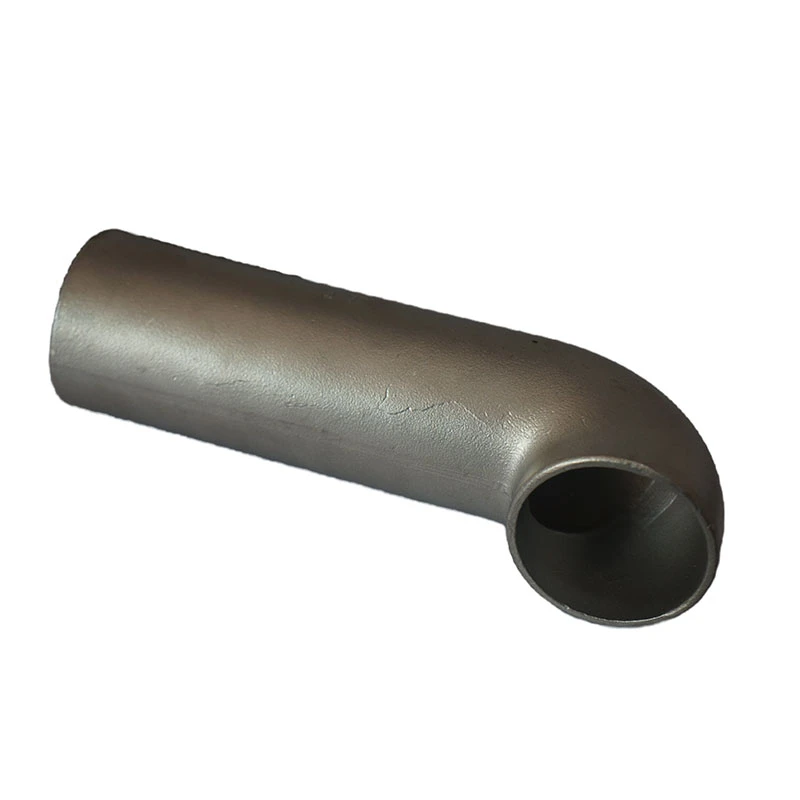prototype sand casting
Prototype Sand Casting A Comprehensive Guide
Prototype sand casting is a versatile manufacturing process widely utilized in various industries to create metal components with complex geometries. This method involves creating a mold from sand, into which molten metal is poured to form the desired shape. Given its cost-effectiveness and ability to produce intricate designs, prototype sand casting has become an essential technique in product development and rapid prototyping.
The Basics of Sand Casting
At its core, sand casting relies on the use of sand as the primary mold material. The process begins with the creation of a pattern, which is typically made from wood, plastic, or metal. The pattern is a replica of the final product and can be either a single piece or several pieces that can be assembled.
Once the pattern is made, it is pressed into a mixture of sand and a bonding agent, usually clay, to create a mold. The properties of the sand are crucial, as they determine the mold's strength and the quality of the final casting. Fine sand grains may produce a smoother surface finish, while coarser grains allow for better gas permeability during the casting process.
Advantages of Prototype Sand Casting
One of the primary advantages of prototype sand casting is its cost-effectiveness, especially for small-scale production runs. Unlike other manufacturing methods, such as die casting or injection molding, sand casting does not require expensive tooling or high investment costs. This makes it an ideal choice for prototyping, where multiple iterations may be necessary before finalizing a design.
Additionally, sand casting can accommodate a wide range of metal alloys, including aluminum, bronze, and iron. This flexibility allows designers to experiment with different materials, thus optimizing the performance of the final product. Furthermore, the process can easily adapt to produce both small and large components, making it suitable for various applications from automotive parts to artistic sculptures.
The Prototyping Process
prototype sand casting

The prototyping phase begins with detailed design specifications. Engineers and designers collaborate to define the required dimensions, tolerances, and material properties. Once the design is finalized, a pattern is created, which is used to form the mold.
After the mold is established, it undergoes inspection to ensure accuracy. The next step involves melting the chosen metal alloy and pouring it into the mold. Cooling and solidification follow, during which the metal takes on the shape of the pattern. After sufficient cooling, the mold is broken apart to reveal the casting.
Subsequent operations often include sanding, grinding, or machining the surface to achieve the desired finish. Any necessary assembly or additional treatments are also performed post-casting to meet the final specifications.
Challenges in Sand Casting
While prototype sand casting boasts numerous advantages, it is not without its challenges. Creating a mold can be time-consuming, and achieving high levels of accuracy can be more difficult compared to other casting methods. The quality of the sand and bonding agents must be carefully controlled to prevent defects such as sand inclusions or warping.
Another challenge is the potential for shrinkage and porosity in the final product. Careful attention needs to be paid to the cooling process and mold design to mitigate these issues. Engineers must also consider the thermal expansion properties of the materials being used to ensure the integrity of the casting.
Conclusion
Prototype sand casting is a powerful tool in the manufacturing landscape, offering a blend of flexibility, cost-effectiveness, and versatility. By understanding the intricacies of the sand casting process, designers and engineers can leverage this method to create high-quality prototypes, paving the way for innovative product development. As technology advances, combining prototype sand casting with modern techniques may further enhance its capabilities, ensuring that it remains a vital resource in the quest for engineering excellence.
-
Crawler Drilling Rig - Baoding Hairun|Confined Space Drilling&Mine SafetyNewsAug.15,2025
-
Drill For Confined Spaces-Crawler Mounted Drill Rig | Crawler Drill Rig for SaleNewsAug.15,2025
-
Premium OEM Auto Parts & Stamping - Reliable ManufacturersNewsAug.15,2025
-
Crawler Drilling Rig for Confined Spaces-Baoding Hairun MachineryNewsAug.15,2025
-
Drill For Confined Spaces - Baoding Hairun Machinery And Equipment Trading Co., Ltd.NewsAug.15,2025
-
Advanced Crawler Drilling Rig - Baoding Hairun Machinery | Underground Mining SolutionsNewsAug.14,2025















